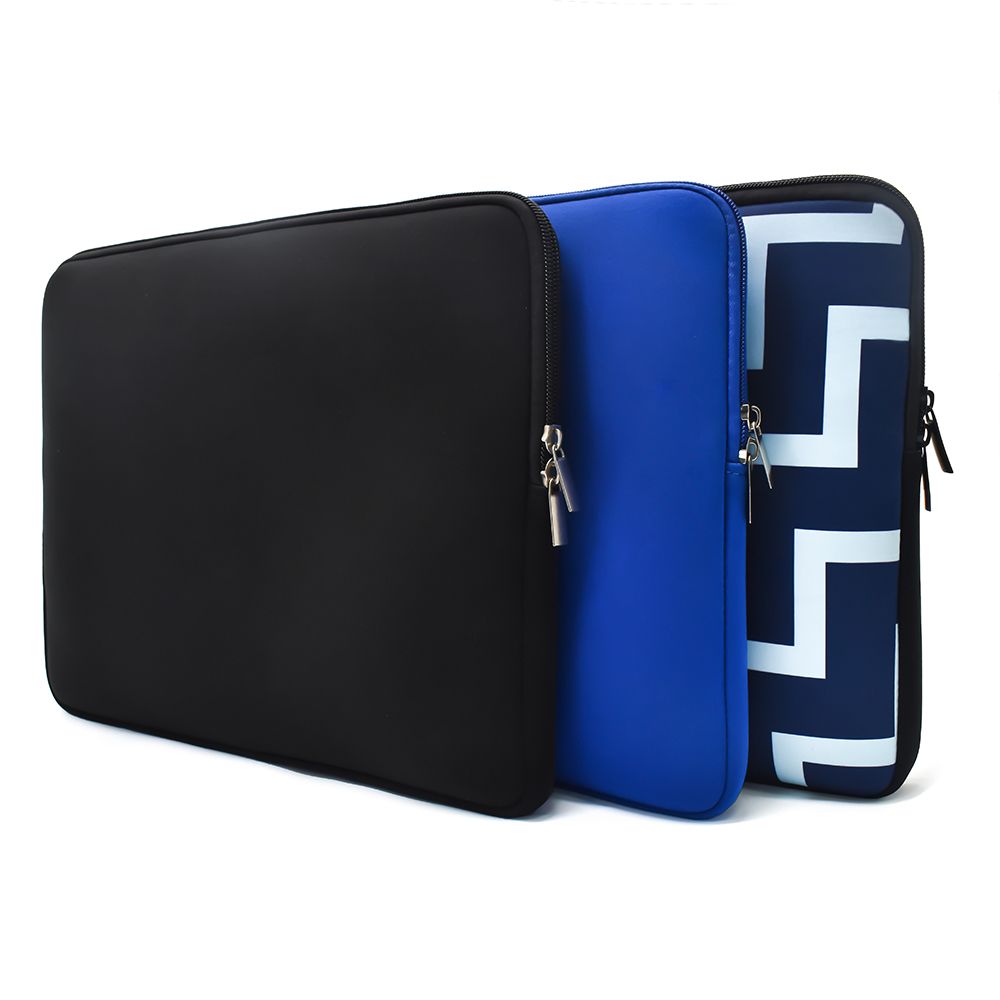If you're in the market for a new bag, you've probably come across neoprene bags. Neoprene is a unique material that is popular for its durability, flexibility, and water resistance. But are neoprene bags really waterproof? In this article, we delve into the world of neoprene to find out if these bags can withstand the elements.
To answer this question, we need to understand what exactly neoprene is. Neoprene is a synthetic rubber material first developed by DuPont in the 1930s. It quickly found its way into various industries due to its excellent oil, chemical and heat resistance. The exceptional quality of neoprene makes it a popular choice for wetsuits, laptop sleeves and even bags.
Neoprene bags are often marketed as waterproof or water-repellent. This means they can withstand light rain or water splashes without getting soaked. Neoprene's water resistance comes from its cellular structure. Neoprene is composed of spongy cells that trap air inside, creating a protective barrier against water penetration. This property helps keep your items dry and protected in slightly wet conditions.
However, it is important to note that while neoprene bags can provide some degree of water resistance, they are not completely waterproof. Neoprene bags will eventually absorb moisture if submerged in water for long periods of time or exposed to heavy rain. The time it takes for water to penetrate the material depends on a variety of factors, such as the thickness of the neoprene and the pressure applied.



To enhance the water resistance of neoprene bags, some manufacturers use additional coatings or treatments. These coatings form an extra layer of protection that can further increase the water resistance of the bag. However, it is crucial to check the specifications or product description to determine the added degree of water resistance.
Another point to consider is that although neoprene is waterproof, the construction of the bag also plays a role in its waterproofness. Seams and zippers on neoprene bags can be potential weak points for water penetration. A well-constructed neoprene bag will have sealed or welded seams and waterproof zippers to keep water out of these areas.
Although not completely waterproof, neoprene bags have several advantages over traditional bags when it comes to water resistance. First, neoprene is inherently quick-drying, which means that even if your bag does get wet, it dries relatively quickly without leaving behind a lingering wetness. This makes the neoprene bag a great choice for beach trips, outdoor activities, or rainy days.
Plus, the neoprene pouch is extremely durable and tear-resistant, making it perfect for outdoor adventures. The material can withstand rough handling and provides cushioning to protect your belongings from bumps and accidental drops. This makes neoprene bags a popular choice for sports enthusiasts, travelers, and those who need a reliable and sturdy everyday bag.
In conclusion, while neoprene bags are not completely waterproof, they do have a fair degree of water resistance. They can withstand light rain, water splashes, and brief exposure to moisture without getting soaked. However, it's important to remember that prolonged exposure to heavy rain or immersion in water will eventually cause water seepage.
Post time: Jul-20-2023




